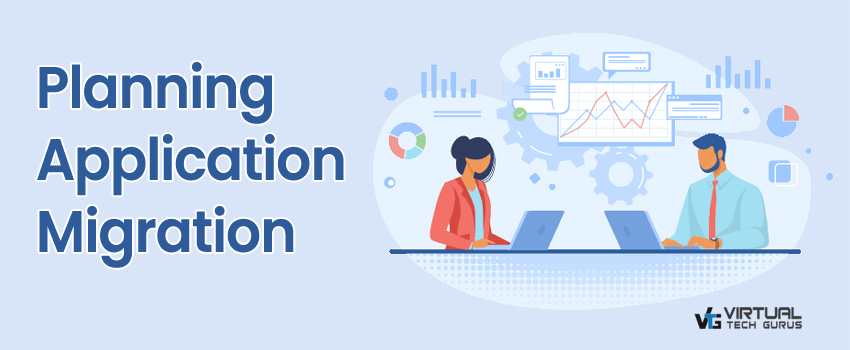
Planning Application Migration
Careful planning is essential to avoid the risk of delays, data loss, poor user service and loss of revenue during an application migration. Each application migration may have unique requirements, so it is essential to take into account all factors, including user requirements, service levels, application architecture, data volumes, security, and application dependencies.
Discovery
The first stage of application migration is discovery. Make an inventory of all the applications in your data center and identify those that are candidates for migration to a new environment. You should also review the inventory with application owners and business users to assess the importance of each app to the business.
During the discovery phase you may find applications that are no longer used or have been replaced by newer versions or alternatives. You also need to take into account the number of users and how frequently they use the apps.
Assessment
You need to identify the applications you want to migrate and those that will stay in their original location. Security and compliance requirements may determine destinations for each application. If mobile or remote access is a priority, this can help you select applications for migration to the cloud.
For each application, take into account the requirements for service level, scalability, application road maps, redundancy and disaster recovery. You should also look carefully at costs, particularly if you want to provide 24×7 access.
Your assessment should also consider any application dependencies or differences in platforms. Applications are generally designed to run on the platforms used to develop them. Moving to a different platform may cause operational problems.
Preparation
Your migration plan should include detailed schedules for testing, migration and deployment. Where possible, you should aim to minimize downtime to maintain service to users. If application development has to continue during the migration timeframe, make provision for updating the app after migration.
To ensure the new configuration will work, create a deployment document that includes all your configuration requirements. You can use this as a checklist for evaluating the new environment.
Consider migrating applications together with dependent systems and data in bundles so that all related components move at the same time.
Testing
The migration schedule should include a period for testing applications in the new environment before full-scale migration. During testing, ensure that all functions and features operate correctly.
List any problems for troubleshooting. Issues may be caused by different platforms or server versions, or code incompatibilities.
Migration
To ensure the migration proceeds quickly and smoothly, use automation tools and follow best practice. You should aim to set up the application in the same way at both source and destination environments.
After uploading data and files, you should verify that the service is running correctly and carry out further testing to identify and resolve any issues.
Migration Resources
Application migration can be very time-consuming. By working with a migration specialist, you can minimize downtime and complete projects faster.
Migration specialists have the skills, experience and tools to complete the large number of repetitive tasks quickly. VTG’s automation tool ZENfraTM, for example, integrates initial assessment, development of a strategic migration plan and pre-migration to ensure a successful end-to-end transition.
By working with specialists using automation tools, organizations have reported reductions in migration times of 30 to 40 percent compared to traditional in-house methods.
More information
If you would like to find out more about our migration services, please check out the articles and infographics on our website.
